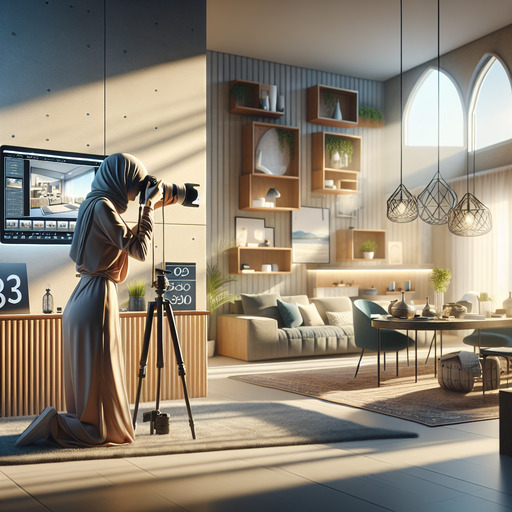
-
Table of Contents
- Mastering Real Estate Photography: Tips, Techniques, and Tools
- Understanding the Importance of Real Estate Photography
- Essential Real Estate Photography Tips
- 1. Mastering the Art of Lighting
- 2. Choosing the Right Equipment
- 3. Perfecting Composition
- Enhancing Photos with Real Estate Photography Editing
- Real Estate Photography Pricing: What to Consider
- Case Study: Transforming a Listing with Professional Photography
- Conclusion
- Questions and Answers
Mastering Real Estate Photography: Tips, Techniques, and Tools
In the competitive world of real estate, first impressions are everything. High-quality real estate photography can make or break a property listing, influencing potential buyers’ decisions before they even step foot inside. This guide will explore essential tips, techniques, and tools to elevate your real estate photography game, ensuring your listings stand out in a crowded market.
Understanding the Importance of Real Estate Photography
Real estate photography is more than just snapping pictures of a property. It’s about capturing the essence and potential of a space, enticing buyers to envision themselves living there. According to the National Association of Realtors, 87% of home buyers found photos to be the most useful feature of online listings. This statistic underscores the critical role photography plays in real estate marketing.
Essential Real Estate Photography Tips
1. Mastering the Art of Lighting
Lighting is the cornerstone of great photography. In real estate, natural light is your best friend. Here are some tips to harness it effectively:
- Shoot during the golden hours (early morning or late afternoon) for soft, warm lighting.
- Open curtains and blinds to let in as much natural light as possible.
- Use additional lighting equipment, like softboxes, to fill in shadows.
2. Choosing the Right Equipment
Investing in quality real estate photography equipment can significantly impact your results. Consider the following:
- Camera: A DSLR or mirrorless camera with a wide-angle lens is ideal for capturing spacious interiors.
- Tripod: Ensures stability and allows for longer exposure times in low-light conditions.
- Drone: For aerial shots that showcase the property’s surroundings and add a unique perspective.
3. Perfecting Composition
Composition is key to creating visually appealing images. Follow these guidelines:
- Use the rule of thirds to create balanced and engaging photos.
- Highlight the property’s best features, such as a fireplace or a stunning view.
- Ensure vertical lines are straight to avoid distorted images.
Enhancing Photos with Real Estate Photography Editing
Post-processing is an essential step in real estate photography. Editing can enhance colors, correct lighting issues, and remove distractions. Popular software like Adobe Lightroom and Photoshop offer powerful tools for real estate photography editing. Remember, the goal is to present the property in its best light while maintaining authenticity.
Real Estate Photography Pricing: What to Consider
Pricing your real estate photography services can be challenging. Consider factors such as:
- The size and location of the property.
- The complexity of the shoot (e.g., drone photography).
- Post-processing time and expertise required.
Research competitors in your area to ensure your pricing is competitive yet reflective of your skills and experience.
Case Study: Transforming a Listing with Professional Photography
Consider a case where a real estate agent struggled to sell a property for months. After investing in professional real estate photography services, the listing received a surge in interest, leading to multiple offers within weeks. This example highlights the transformative power of high-quality images in real estate marketing.
Conclusion
Real estate photography is a powerful tool that can significantly impact the success of property listings. By mastering lighting, composition, and editing, and investing in the right equipment, you can create stunning images that captivate potential buyers. Remember, the goal is to showcase the property’s potential and help buyers envision their future home.
For more insights into real estate photography, check out this Wikipedia page on real estate photography.
Questions and Answers
Q1: What is the best time of day for real estate photography?
A1: The best time for real estate photography is during the golden hours, which are early morning or late afternoon. This time provides soft, warm lighting that enhances the property’s appearance.
Q2: Why is a wide-angle lens recommended for real estate photography?
A2: A wide-angle lens is recommended because it captures more of the room in a single shot, making spaces appear larger and more inviting.
Q3: How can drone photography benefit real estate listings?
A3: Drone photography offers unique aerial perspectives, showcasing the property’s surroundings and providing potential buyers with a comprehensive view of the area.
If you’re interested in learning more about our real estate photography services or have any questions, please contact us.